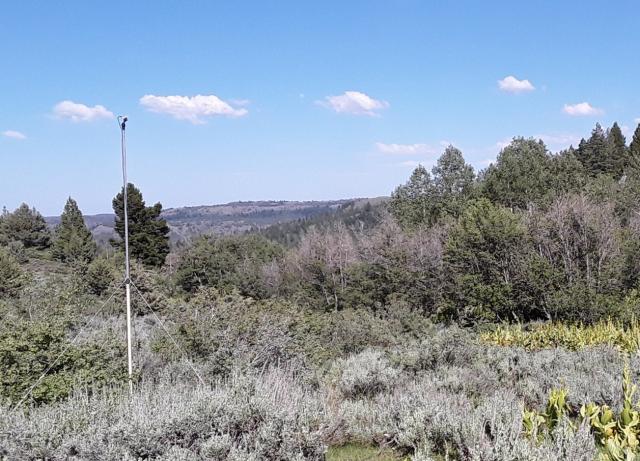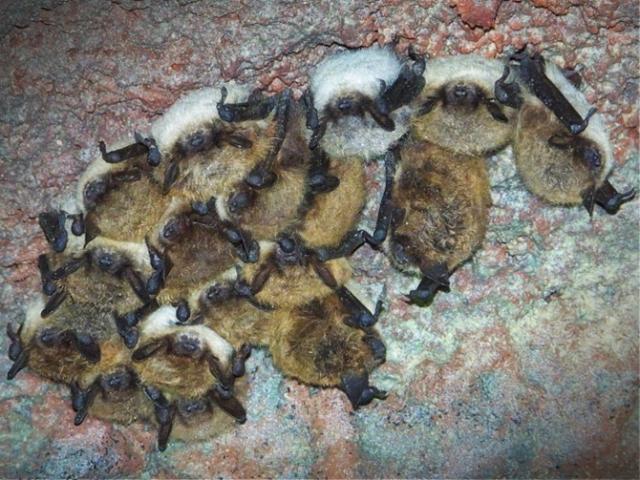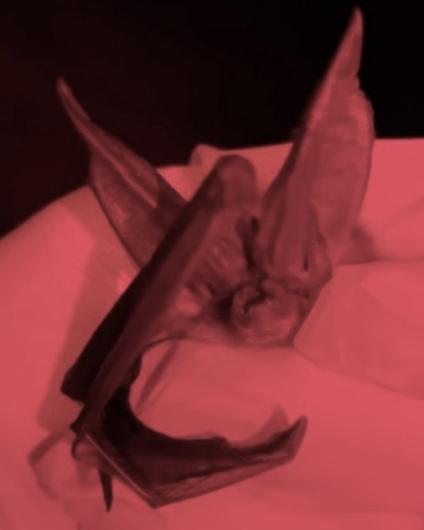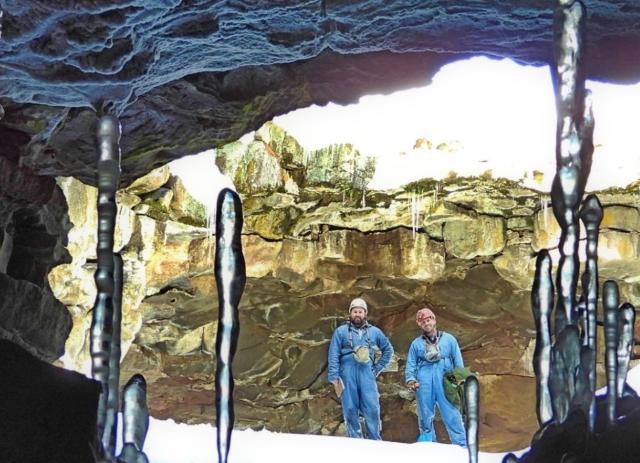Related Stories
- Lake Havasu Fisheries Improvement Program is the gift that keeps giving
- Partnership drives ongoing habitat restoration in Muddy Creek watershed
- Prior wildfire mitigation aids in successful firefighting on the Lil Horse Fire
- Recreation for all: Exploring accessibility on Idaho’s public lands
- The black bear housing market in Alaska




